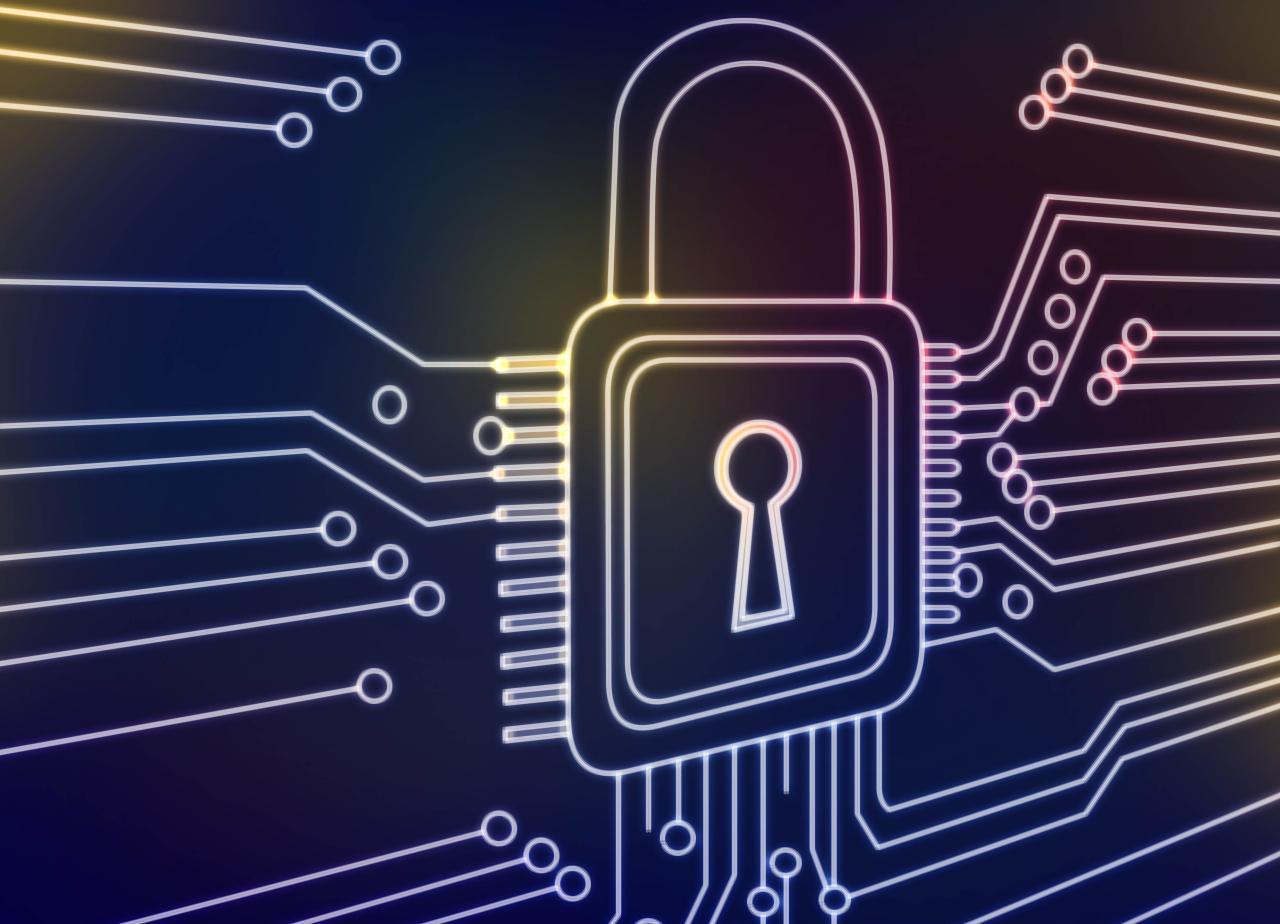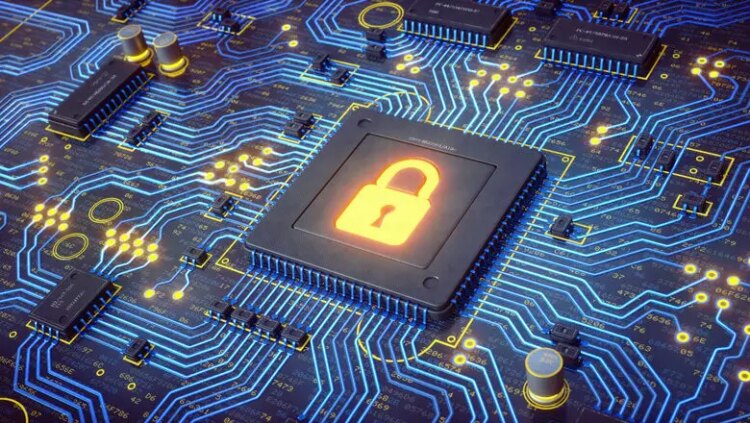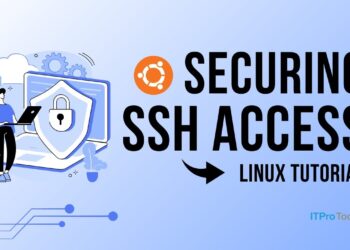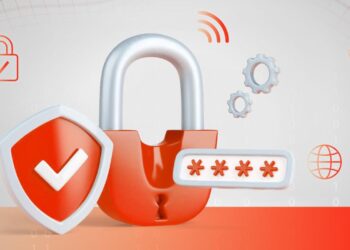In today’s hyper-connected world, where digital presence is paramount for individuals and businesses alike, the importance of secure hosting solutions cannot be overstated. A robust and impenetrable hosting environment is the bedrock of any successful online venture, safeguarding sensitive data, maintaining operational continuity, and preserving user trust. Far from being a mere technical detail, hosting security is a fundamental pillar of cybersecurity, impacting everything from search engine rankings to a company’s financial bottom line. This isn’t just about preventing breaches; it’s about building a resilient digital infrastructure that can withstand the constantly evolving landscape of cyber threats.
The Digital Threat Landscape

The internet, while a powerful tool for connection and commerce, is also a fertile ground for malicious activities. Cyberattacks are becoming increasingly sophisticated, targeting vulnerabilities in systems to steal data, disrupt services, or extort money. Understanding the nature of these threats is the first step in appreciating the critical role of secure hosting.
A. Common Cyber Threats:
* Malware and Ransomware: Malicious software designed to infiltrate systems, steal data, or encrypt files, demanding payment for their release. Ransomware attacks can cripple businesses and lead to significant financial losses.
* Phishing and Social Engineering: Deceptive tactics used to trick individuals into revealing sensitive information, often by impersonating legitimate entities. While not directly a server attack, successful phishing can lead to compromised server credentials.
* Distributed Denial-of-Service (DDoS) Attacks: Overwhelming a server or network with a flood of traffic, rendering it inaccessible to legitimate users. These attacks can cause significant downtime and reputational damage.
* SQL Injection: Exploiting vulnerabilities in web applications to insert malicious code into databases, allowing attackers to view, modify, or delete data. This is a common method for data breaches.
* Cross-Site Scripting (XSS): Injecting malicious scripts into legitimate websites, which are then executed by unsuspecting users’ browsers. This can lead to session hijacking or data theft from the user’s side.
* Brute-Force Attacks: Automated attempts to guess passwords or encryption keys by trying numerous combinations until the correct one is found. Strong password policies and multi-factor authentication are crucial defenses.
* Zero-Day Exploits: Attacks that leverage newly discovered software vulnerabilities for which no patch or fix yet exists. These are particularly dangerous due to their unpredictable nature.
B. Consequences of Insecure Hosting:
* Data Breaches: Loss of sensitive customer data (e.g., credit card numbers, personal information), leading to legal liabilities, regulatory fines (like GDPR or CCPA), and severe reputational damage.
* Financial Losses: Direct costs from downtime, recovery efforts, legal fees, and decreased sales due to service disruption.
* Reputational Damage: Loss of customer trust, negative media coverage, and a tarnished brand image that can take years to rebuild.
* SEO Penalties: Search engines like Google prioritize secure websites. A compromised or frequently down site can suffer significant drops in search rankings, impacting organic traffic.
* Operational Disruption: Business operations can grind to a halt, affecting productivity and the ability to serve customers.
* Legal and Regulatory Fines: Non-compliance with data protection regulations (e.g., HIPAA for healthcare, PCI DSS for payment processing) due to security failures can result in hefty penalties.
Pillars of Secure Hosting Infrastructure
Effective secure hosting isn’t a single product but a comprehensive strategy built upon multiple layers of defense. These layers work in concert to protect the server, the data it holds, and the applications it runs.
A. Physical Security Measures:
* Data Center Access Control: Strict physical security protocols at data centers, including biometric scanners, keycard access, 24/7 surveillance, and security personnel, to prevent unauthorized entry.
* Environmental Controls: Maintaining optimal temperature and humidity to prevent hardware failure, along with fire suppression systems to mitigate fire risks.
* Redundant Power and Networking: Multiple power feeds, Uninterruptible Power Supplies (UPS), and generators ensure continuous operation even during power outages. Redundant network connections prevent single points of failure.
* Climate Control: Advanced HVAC systems to regulate temperature and humidity, crucial for the longevity and performance of server hardware.
B. Network Security:
* Firewalls (Hardware and Software): Acting as the first line of defense, firewalls monitor and filter incoming and outgoing network traffic, blocking unauthorized access and malicious packets.
* Intrusion Detection/Prevention Systems (IDS/IPS): These systems continuously monitor network activity for suspicious patterns or known attack signatures, alerting administrators or actively blocking threats.
* DDoS Mitigation: Services designed to detect and absorb large volumes of malicious traffic, allowing legitimate traffic to reach the server during a DDoS attack.
* Virtual Private Networks (VPNs): For secure remote access to servers, VPNs create encrypted tunnels, ensuring that data transmitted between a user and the server remains confidential and protected.
* Network Segmentation: Dividing a network into smaller, isolated segments to limit the spread of a breach. If one segment is compromised, the rest of the network remains secure.
C. Server-Level Security:
* Operating System (OS) Hardening: Securing the server’s operating system by removing unnecessary services, closing unused ports, and applying least privilege principles to user accounts.
* Regular Patching and Updates: Applying security patches and updates to the OS, web server software (e.g., Apache, Nginx), database management systems (e.g., MySQL, PostgreSQL), and other applications promptly to fix known vulnerabilities.
* Strong Password Policies: Enforcing complex passwords, regular password changes, and multi-factor authentication (MFA) for server access and privileged accounts.
* Least Privilege Principle: Granting users and applications only the minimum necessary permissions to perform their tasks, reducing the impact of a compromised account.
* File Integrity Monitoring (FIM): Continuously monitoring critical system files for unauthorized changes, which could indicate a compromise.
* Antivirus/Anti-Malware Software: Protecting servers from viruses, worms, and other malicious software.
D. Application and Data Security:
* Secure Coding Practices: Developing web applications using secure coding standards to prevent common vulnerabilities like SQL injection, XSS, and broken authentication.
* Web Application Firewalls (WAFs): Protecting web applications from common web-based attacks by filtering and monitoring HTTP traffic.
* Data Encryption (In Transit and At Rest):
* SSL/TLS Certificates: Encrypting data exchanged between a user’s browser and the server (data in transit), visible as “HTTPS” in the URL. Essential for protecting sensitive information during online transactions.
* Database Encryption: Encrypting data stored on the server’s disk (data at rest), protecting it even if the storage medium is stolen.
* Regular Backups and Disaster Recovery: Implementing a robust backup strategy to regularly back up all data and having a well-tested disaster recovery plan to quickly restore services in case of a major incident.
* Content Delivery Networks (CDNs): While primarily for performance, CDNs can also offer some security benefits by acting as a buffer between the server and potential attacks, and by distributing traffic.
Choosing the Right Secure Hosting Provider

The choice of a hosting provider is perhaps the most critical decision in establishing a secure online presence. Not all providers offer the same level of security, and understanding the differences is key.
A. Managed vs. Unmanaged Hosting:
* Managed Hosting: The hosting provider handles server setup, maintenance, security patching, monitoring, and often offers proactive threat detection. This is ideal for users without deep technical expertise or those who prefer to focus on their core business. It generally offers a higher level of inherent security.
* Unmanaged Hosting (e.g., VPS, Dedicated Server): The user is responsible for all server administration, including security updates, configurations, and patch management. This provides maximum control but requires significant technical expertise and commitment to security practices. A lack of proper management can lead to severe vulnerabilities.
B. Key Considerations When Selecting a Provider:
* Security Features Offered: Beyond basic firewalls, inquire about DDoS protection, WAFs, IDS/IPS, malware scanning, daily backups, and free SSL certificates.
* Compliance and Certifications: Look for providers that comply with industry standards (e.g., ISO 27001 for information security, PCI DSS for payment processing) and regularly undergo third-party audits.
* Uptime Guarantees and Redundancy: A secure host should also be highly available. Look for strong Service Level Agreements (SLAs) on uptime and details on their infrastructure redundancy.
* Customer Support and Incident Response: Assess the responsiveness and expertise of their security team. How quickly do they respond to incidents? Do they offer 24/7 support?
* Reputation and Reviews: Research the provider’s track record for security, reliability, and customer satisfaction. Look for reviews specifically mentioning security aspects.
* Backup and Recovery Policies: Understand their backup frequency, retention periods, and disaster recovery procedures. Can you easily restore your data?
* Scalability: Ensure the hosting solution can scale with your needs while maintaining security standards as your digital presence grows.
C. Cost vs. Value in Security:
* While budget is always a factor, choosing the cheapest hosting option often means compromising on security. The cost of a data breach or prolonged downtime far outweighs the savings from a low-cost, insecure host.
* Invest in a provider that treats security as a core offering, not an add-on. Value is in comprehensive protection and peace of mind.
Best Practices for Maintaining Hosting Security
Even with a top-tier secure hosting provider, users also bear responsibility for maintaining their digital security posture. Many breaches occur due to user-side negligence or misconfigurations.
A. Regular Software Updates and Patching:
* CMS and Plugins: Keep your Content Management System (CMS) like WordPress, Joomla, or Drupal, along with all themes and plugins, up to date. These are frequent targets for attackers.
* E-commerce Platforms: Ensure your e-commerce platform (e.g., Magento, Shopify app integrations) is always running the latest secure versions.
* Custom Applications: If you run custom-built applications, ensure your developers regularly review and patch them for vulnerabilities.
B. Strong Authentication and Access Control:
* Unique, Complex Passwords: Use long, random passwords for all accounts, especially administrative ones. Avoid reusing passwords across different services.
* Multi-Factor Authentication (MFA): Enable MFA (e.g., using an authenticator app, hardware key, or SMS code) for all logins, particularly for hosting control panels, FTP, SSH, and CMS admin areas. This adds a crucial layer of security.
* Limit User Permissions: Grant only necessary access levels to users. Do not give administrative privileges to everyone. Regularly review and revoke access for former employees.
* Restrict Remote Access (SSH/FTP): Use strong SSH keys instead of passwords where possible. Restrict SSH/FTP access to specific IP addresses if feasible, and disable unnecessary remote access protocols.
C. Data Management and Backups:
* Regular, Offsite Backups: Implement a robust backup strategy. Store backups in a separate, secure location (offsite or cloud storage) from your main server to protect against data loss in a catastrophic event.
* Test Backups: Periodically test your backup restoration process to ensure data integrity and that you can indeed recover your site and data in an emergency.
* Data Minimization: Only collect and store data that is absolutely necessary. The less sensitive data you have, the less risk you incur if a breach occurs.
D. Security Monitoring and Auditing:
* Regular Security Scans: Use reputable security scanning tools to identify vulnerabilities on your website and server.
* Log Monitoring: Regularly review server logs, firewall logs, and application logs for suspicious activity. Automated log analysis tools can help identify anomalies.
* Security Audits and Penetration Testing: Periodically hire ethical hackers to perform security audits and penetration tests to identify weaknesses before malicious attackers do.
* Stay Informed: Keep abreast of the latest security threats, vulnerabilities, and best practices relevant to your platform and industry. Subscribe to security newsletters and advisories.
Emerging Trends in Hosting Security
The world of cybersecurity is dynamic, and hosting security is continuously evolving to counter new threats and leverage new technologies.
A. Serverless Computing and Security Implications:
* Managed Security: In serverless architectures (e.g., AWS Lambda, Azure Functions), the cloud provider manages the underlying infrastructure, reducing the user’s responsibility for OS patching and hardware security.
* New Attack Vectors: However, serverless introduces new security considerations, such as securing function code, managing permissions for individual functions, and protecting against event-injection attacks.
* Microservices Security: The rise of microservices architecture means securing numerous smaller, interconnected components rather than a single monolithic application, adding complexity.
B. AI and Machine Learning in Security:
* Threat Detection: AI/ML algorithms are increasingly used to analyze vast amounts of network traffic and log data to identify subtle patterns indicative of advanced persistent threats (APTs) or zero-day attacks that traditional signature-based systems might miss.
* Automated Incident Response: AI can potentially automate aspects of incident response, enabling faster containment and mitigation of threats.
* Vulnerability Scanning and Prediction: ML can help predict potential vulnerabilities in code or configurations based on past data, allowing for proactive patching.
C. Blockchain for Security:
* Decentralized Identity Management: Blockchain can offer more secure and verifiable identity management solutions for accessing servers and applications, reducing reliance on centralized systems.
* Immutable Logs: Storing security logs on a blockchain could provide an unalterable record of events, making it harder for attackers to cover their tracks.
* Distributed Data Storage: While not mainstream for primary hosting, decentralized storage concepts could offer enhanced data integrity and resilience.
D. Zero Trust Architecture:
* Never Trust, Always Verify: This security model assumes that no user or device, whether inside or outside the network, should be trusted by default. Every access attempt requires verification.
* Granular Access Control: Implements very strict, least-privilege access controls based on continuous authentication and authorization, even for internal network traffic.
* Continuous Monitoring: All network traffic and user activities are continuously monitored for suspicious behavior. This approach offers a much higher level of security, particularly for protecting critical assets.
Conclusion
Secure hosting solutions are not a one-time purchase or a static configuration; they represent an ongoing commitment to vigilance, adaptation, and continuous improvement. In an era where digital assets are increasingly valuable and cyber threats are perpetually evolving, investing in robust hosting security is no longer optional—it’s imperative. By understanding the threats, implementing multi-layered defenses, choosing reputable providers, and adhering to best practices, individuals and businesses can build a resilient digital foundation. This proactive approach not only protects data and operations but also fosters trust with users and ensures a sustainable presence in the digital landscape. Your digital future depends on the strength of your cyber defenses, forged layer by layer, with continuous dedication.








